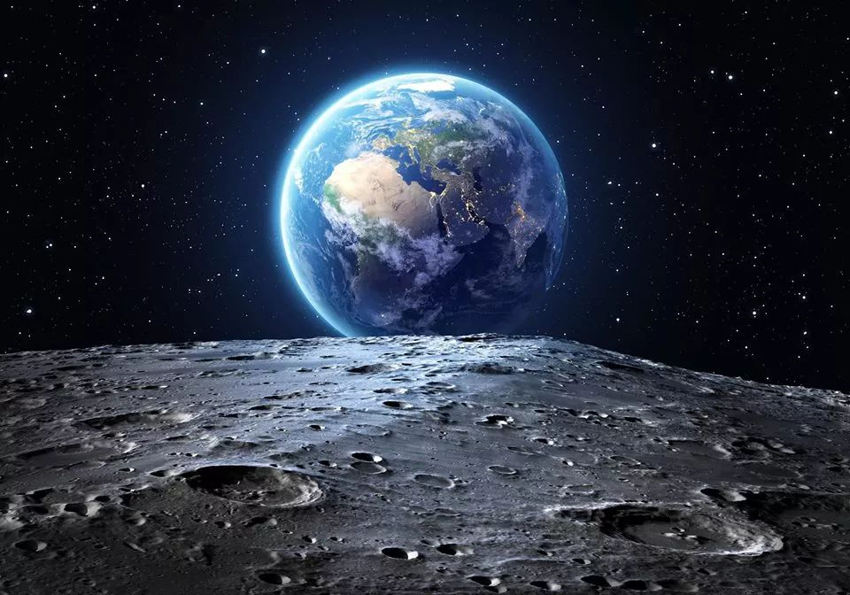
Geneticist Alexei Sharov of the National Institute on Aging in Baltimore together with biologist Richard Gordon of the Gulf Specimen Marine Laboratory in Florida managed to apply Moore’s Law to biological systems.
And the scientist got sensational results: it is possible that life did not originate on Earth but in a place that existed before the formation of our planet.
Moore’s Law was discovered in 1965 by Gordon E. Moore, who became one of the founders of Intel three years later. He came up with it based on his personal observations and released it in the Journal of Electronics; where he also presented his forecasts for microelectronics. Particularly, Moore predicted that the number of transistors on chips would double annually.
As a result, the processors will become increasingly cheaper, faster, and smaller. 10 years later, Moore corrected himself, saying that the doubling of transistors will take place at intervals of two years. This is what became known as Moore‘s Law.
With the help of Moore’s Law, it is quite possible to predict the future by analyzing the past and present states of a complex and evolving system. Sharov and Gordon took to solving the inverse problem – trying to describe the past based on the present and developing special algorithms for this purpose.
Before applying these algorithms to biology, the scientists applied them to semiconductor technology, which, thanks to Moore’s Law validated their existence. Their algorithms calculated that, based on current data, the first chip would have existed somewhere in 1960. And so it did.
After successful validation, Sharov and Gordon replaced electronics with nucleotides – the building blocks which added complexity to the evolutionary process of DNA and RNA. They discovered that a basic genome doubles in complexity every 376 million years. This would mean that the earliest steps of life could have originated about 10 billion years ago…
It turns out that the Earth may not be the cradle of life. After all, it is only 4.5 billion years old. So it turns out that life could have appeared before our planet was formed, i.e. somewhere else.
Calculations using Moore’s Law will please supporters of the panspermia hypothesis – the hypothesis that life on Earth came from the cosmos in the form of bacteria that traveled to Earth on comets or meteorites.
By the way, those who believe that there are advanced alien civilizations elsewhere in the universe should also rejoice. If life is almost 10 billion years old, why wouldn’t they exist?
A more intelligent race of like-minded individuals could develop ways to travel quickly through space. It is possible that they might even be able to fly faster than light through “holes” in the fabric of the universe. Then, if we take into consideration the calculations of Sharov and Gordon, we can expect that aliens will visit us one day.
Who knows? Maybe they will. Everything is possible.